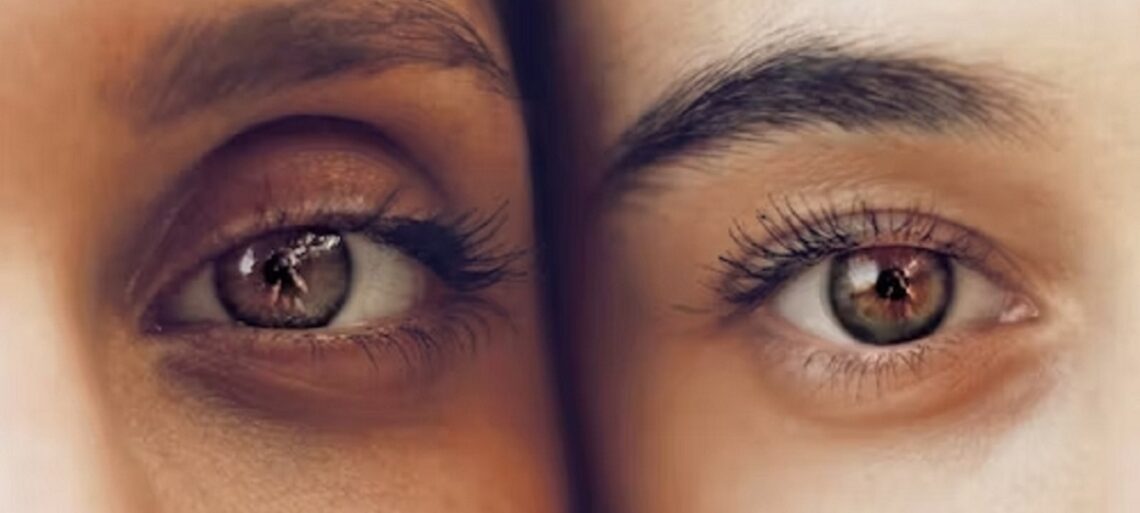
Understanding Dry Eye Syndrome: ICD-10 Codes and Effective Treatments
Millions of individuals worldwide suffer from dry eye syndrome, a prevalent ailment. It happens when there aren’t enough tears produced by the eyes or when there aren’t enough tears and they evaporate too rapidly, causing pain, irritability, and visual issues. The specifics of dry eye syndrome, including its ICD-10 classifications and practical treatments to address this illness, will be covered in this in-depth guide.
Understanding Dry Eye Syndrome
Dry eye syndrome, also known as keratoconjunctivitis sicca, is a multifactorial disease that affects the tear film and the ocular surface of the eye. It can be caused by various factors, such as age, hormonal changes, environmental conditions, medication side effects, and underlying health conditions.
ICD-10 Codes for Dry Eye Syndrome
ICD-10 codes are used in medical documentation to classify diseases and medical conditions. The specific ICD-10 codes for dry eye syndrome include:
- H04.12: Keratoconjunctivitis sicca, not specified as Sjögren’s
- H16.11: Other superficial keratitis without conjunctivitis, right eye
- H16.12: Other superficial keratitis without conjunctivitis, left eye
- H16.13: Other superficial keratitis without conjunctivitis, bilateral
- H16.19: Other superficial keratitis without conjunctivitis, unspecified eye
These codes are crucial for accurate medical coding and billing purposes, ensuring proper documentation of the condition in healthcare systems.
Symptoms of Dry Eye Syndrome
Dry eye syndrome presents various symptoms, which may vary in severity from person to person. Recognizing these symptoms is essential for early detection and proper management. The following are some typical signs of dry eye syndrome:
- Dryness and Grittiness: Patients often experience a persistent feeling of dryness, grittiness, or foreign body sensation in the eyes.
- Burning and Irritation: Eyes may feel a burning or stinging sensation, accompanied by redness and irritation.
- Watery Eyes: Contrarily, dry eye syndrome might make you cry more than usual as your eyes work to make up for the lack of moisture.
- Blurred Vision: Vision may become temporarily blurred, especially during activities that require intense focus, such as reading or computer work.
- Sensitivity to Light: Dry eyes can make you more sensitive to bright lights, causing discomfort and eye strain.
- Eye Fatigue: Prolonged periods of eye use, such as watching screens or driving, can lead to eye fatigue and discomfort.
- Contact Lens Discomfort: Individuals who wear contact lenses may experience increased discomfort, lens awareness, and difficulty wearing them for extended periods.
Effective Solutions
Although there is no cure for dry eye syndrome, several treatments and lifestyle changes can effectively manage the condition and alleviate symptoms. Here are some key solutions that can make a significant difference:
Artificial Tears and Lubricating Eye Drops
Artificial tears and lubricating eye drops provide immediate relief by supplementing the natural tear film and reducing dryness. These products are available over the counter and can be used as needed throughout the day.
Prescription Medications
In severe cases, when over-the-counter remedies are not sufficient, your healthcare provider may prescribe medications to address underlying causes or manage specific symptoms. These may include anti-inflammatory eye drops, corticosteroids, or immunosuppressive medications.
Punctal Plugs
Punctal plugs are extremely small objects that can be put into the tear ducts to prevent tears from draining. By doing so, they help retain moisture in the eyes, providing long-lasting relief from dryness.
Warm Compresses and Eyelid Massages
Applying warm compresses to the eyelids and gently massaging them can help unclog oil glands and stimulate tear production. This natural remedy can provide relief and improve the quality of tears.
Environmental Modifications
Making certain modifications in your environment can help alleviate dry eye symptoms. Increasing humidity levels with a humidifier, reducing exposure to dry or windy conditions, and avoiding direct airflow from fans or air conditioning vents can all contribute to a more comfortable eye environment.
Lifestyle Adjustments
Certain lifestyle adjustments can also contribute to better management of dry eye syndrome. These include:
- Blinking Regularly: Remind yourself to blink consciously, especially during prolonged periods of focused work or screen time, to ensure proper lubrication of the eyes.
- Taking Regular Breaks: Frequent breaks from activities that strain the eyes, such as reading or computer work, can help prevent eye fatigue and reduce dryness.
- Wearing Sunglasses: Wearing sunglasses that offer protection against UV rays and wind can shield the eyes from environmental factors that exacerbate dryness.
Nutritional Supplements
Certain nutrients, such as omega-3 fatty acids, play a vital role in maintaining healthy eyes. Including foods rich in omega-3s, like fatty fish or flaxseeds, or taking omega-3 supplements, can help alleviate dry eye symptoms.
Conclusion
Dry eye syndrome can significantly impact an individual’s quality of life, but with the right knowledge and management strategies, it can be effectively controlled. By understanding the ICD-10 codes associated with dry eye syndrome and implementing the aforementioned solutions, you can take proactive steps toward managing this condition and enjoying improved ocular health.




